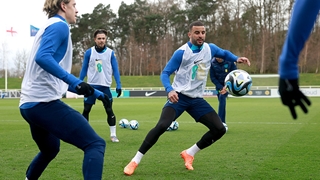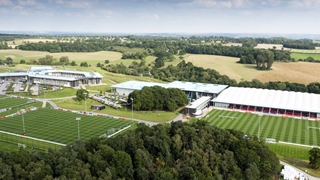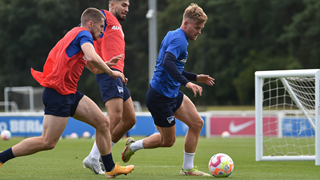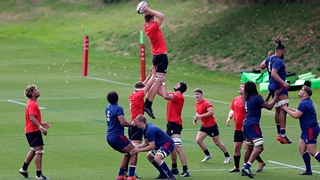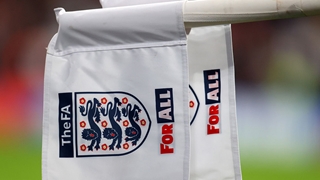
A core element of our strategy at St. George’s Park is to achieve the highest levels of sustainability throughout our state-of-the-art facilities. One of the key areas that we are focusing on in a bid to reduce our carbon footprint includes biodiversity.
As part of a wider strategy led by St. George’s Park’s Estates team to protect and develop natural habitats across our 330-acre site, a number of biodiversity projects are ongoing.
Biodiversity, short for biological diversity, is the variety of plant and animal life in a particular habitat; a high level of which is considered crucial to maintaining life and healthy ecosystems.
“Biodiversity plays a huge role in our work as a team,” explains Matt Arnold, St. George’s Park’s Assistant Head of Estates.
“When the site was first built, there was consultation with ecologists who wrote a biodiversity action plan for the site. It provided best practice and a framework for a 10-year period. Over the past decade, it’s helped us manage the wildlife, the difference in biodiversity across the different areas of the site.
“As we approached the 10-year anniversary of the site opening, we reviewed the action plan,” Matt continues. “We’re proud to say that we did above and beyond everything we needed to do, and we wanted to move things forward.
“We work closely with various ecologists and organisations to support our ideas and projects. One of those organisations is the National Forest Company, who we do two to three projects a year with. Last year, we planted 5,500 trees, built a new pond area that had previously been grassland. We wouldn’t have been able to achieve that without the National Forest Company.”
There are exciting projects taking place this year also, as Matt reveals.
“We’re doing another parkland scheme this year, which will see 30-40 larger trees planted around the site. This is intended to ‘rewild’ different areas. We’ve worked with different companies to create our own wildflower mixture, and we have wildflower areas across the site that get bigger every year.”
In addition, over the past two years that Matt has been in post, work has been carried out to enhance biodiversity through creating more opportunities for insects and invertebrates to habitat, including the installation of bug hotels in multiple areas.
“Creating wildflower meadows has been an investment we’re incredibly proud of. The length of time you get colour from is excellent and you can literally stand there and hear the bees and insects going all over it.”
Matt is also keen to add that it’s not just wildlife that have benefited from the biodiversity work carried out at St. George’s Park in recent years.
“It’s great for wellbeing in general,” he says. “People gain a sense of peace walking around it and we’re looking at creating another wildflower area this year in an area that people walk a lot more often. To be able to walk through a wildflower meadow on your lunch break, why wouldn’t you want to do that?”
To learn more about sustainability at St. George’s Park, please click here.






